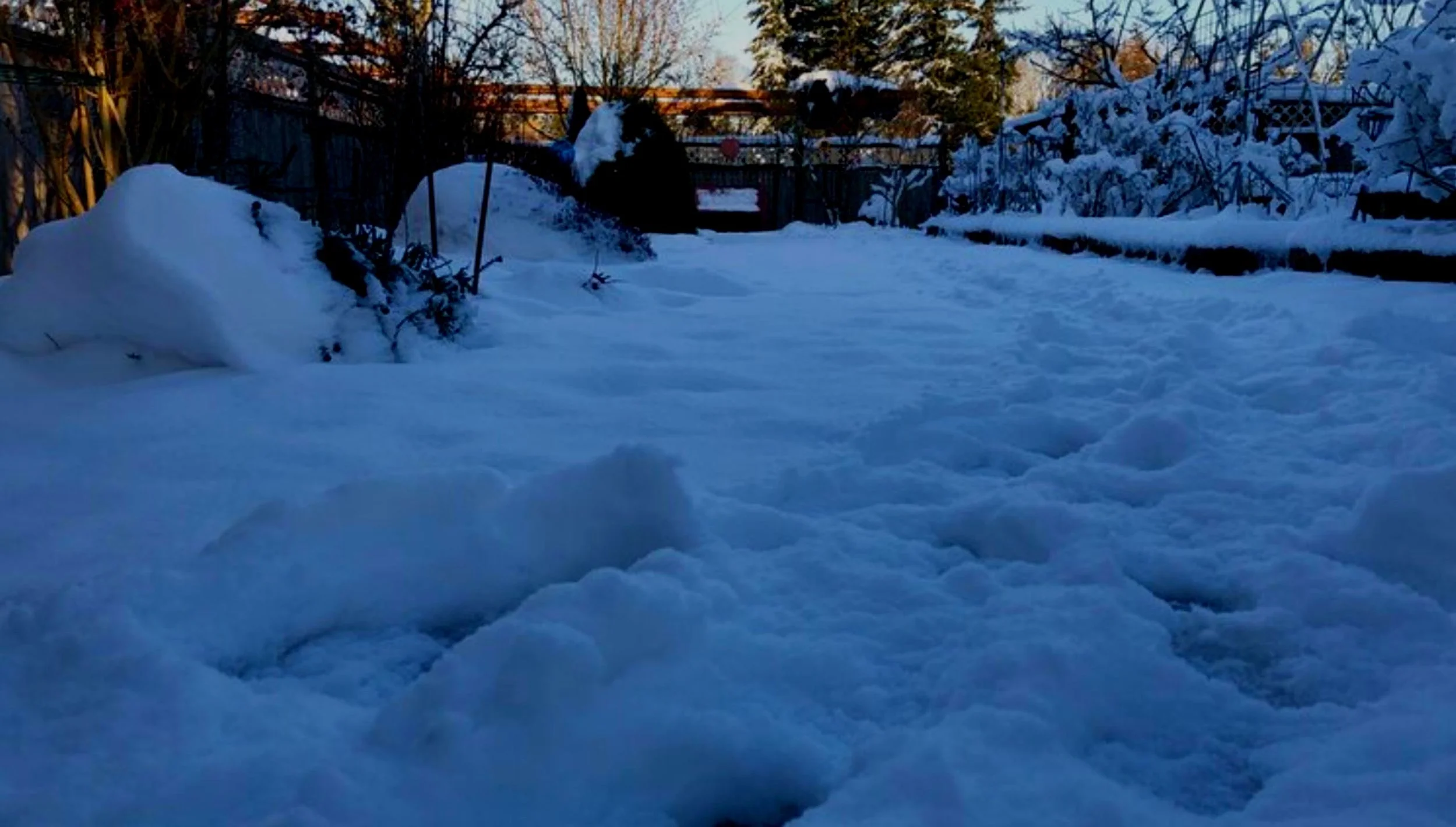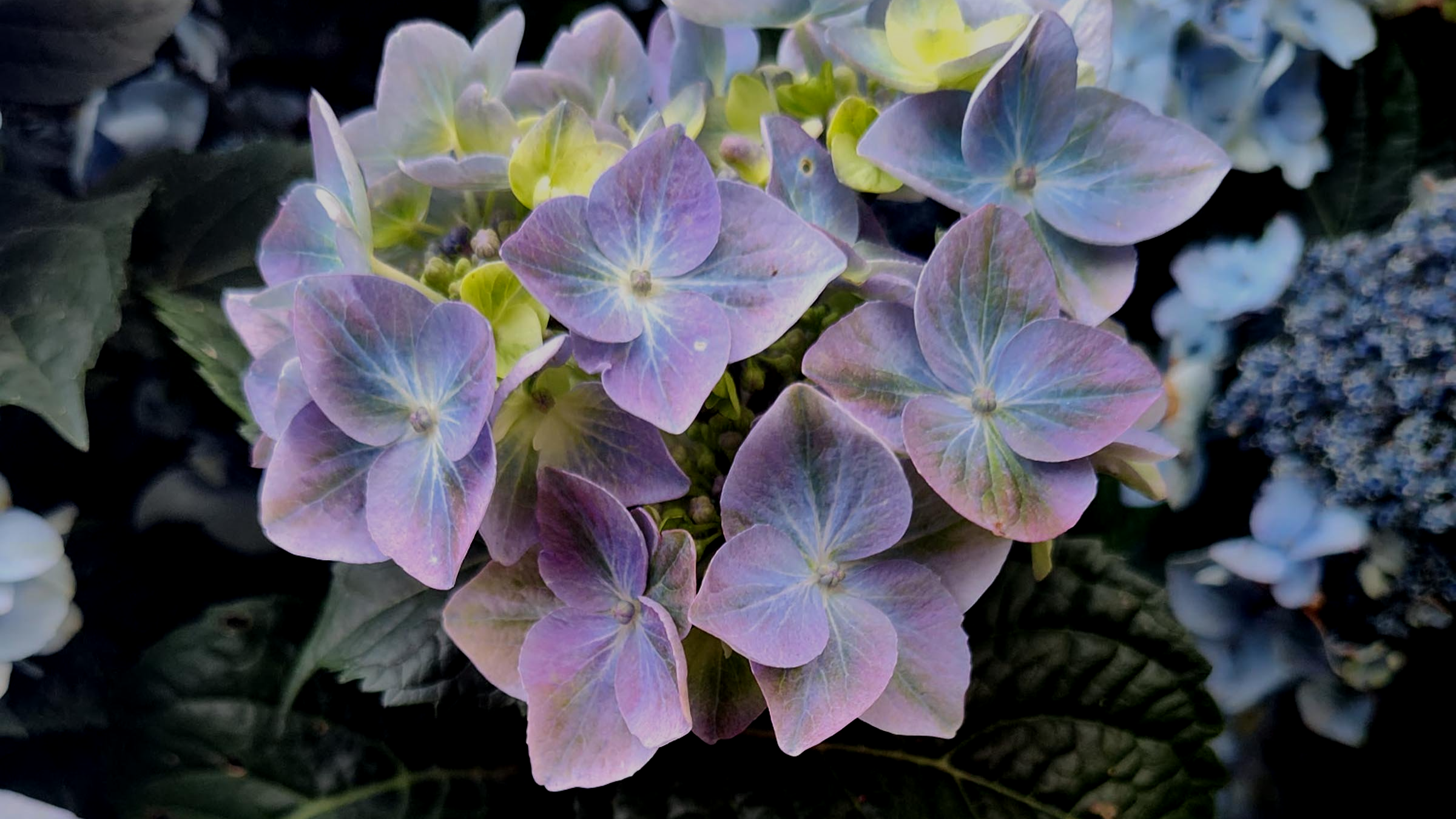It looks like the next couple of weeks are going to be wet and cold and some preparation on our parts can help minimize any deleterious effects. We rarely see more than 10 to 14 days of continuous below freezing weather during the winter, but despite its short duration, it can do a lot of damage. I don’t generally worry too much, as long as it doesn’t drop below 20 degrees at night and goes above 32 during the day. But when things freeze solid and stay that way for days it can be a problem. Here are some tips to help get through the arctic blast coming our way (or perhaps already here depending on when you read this)…
Protect container plantings: Remember, while a plant may be hardy in the ground, it’s a whole different ball game when its roots are in a planted container and surrounded by freezing temperatures. The smaller the container, the more extreme the damage, so if you have pots that are 14 inches or smaller I recommend protecting them. Either wrap them with burlap (not plastic, it does not breathe) or some bubble wrap - I use a wonderful product designed for ceiling insulation in barns that works very effectively around pots. Once wrapped, move the pots closer to the house or even into a cold but not freezing garage - do not put them in a warm garage. The goal is to just give them a little extra protection without waking them up. Be sure to move them back outside just as soon as the temperatures go above freezing and stay there for a few days. For pots 20 to 24 inches or larger, I don’t sweat it.
Mulch, mulch, mulch: If you were wise and left a bunch of leaf litter on your beds in the fall, then all you need to do is gather it up around any plants that might be tender to protect their crowns. This is true for roses, especially if they are grafted. If on the other hand you lean to the anal-retentive side and have already cleaned up the garden with a shop vac, then go out and buy some bales of compost and spread them around as fast as you can. You can leave the compost in place until late February, or until you see signs of new growth, and then spread it around the garden.
Snow: Snow is a gardener’s friend when it comes to freeze protection. It will insulate the soil and smaller plants, so just leave it in place and let it melt naturally. However, be ready to knock it off the branches of tall narrow growing evergreens (like Pyramidalis) or they will splay out and look terrible for the rest of their lives. Any delicate branching shrubs or small trees should also get a little shake to keep them from breaking.
Water: Areas under evergreen trees and beneath the eves of houses where the rain doesn’t penetrate can be quite dry. Find a hose that isn’t frozen solid and get some water into these areas.
Lawns: The best strategy for protecting lawns, is to stay off of them. If you don’t, you will have dead foot prints until spring. While this kind of damage isn’t usually permanent, it can be unsightly - so why put yourself through it.
Birdbaths and fountains: They should be drained or in the case of fountains, kept running if you can’t drain them. Using RV-antifreeze is also an option, but never use automotive antifreeze as it is highly toxic to plants and animals.
Every winter presents it challenges when it comes to freezing temps. Early freezes are the worst, so at least you can be comforted in knowing that a freeze in January should be less damaging. Do what you can and figure on doing some repair work and possibly some replacement come spring. It’s what happens in a garden.




